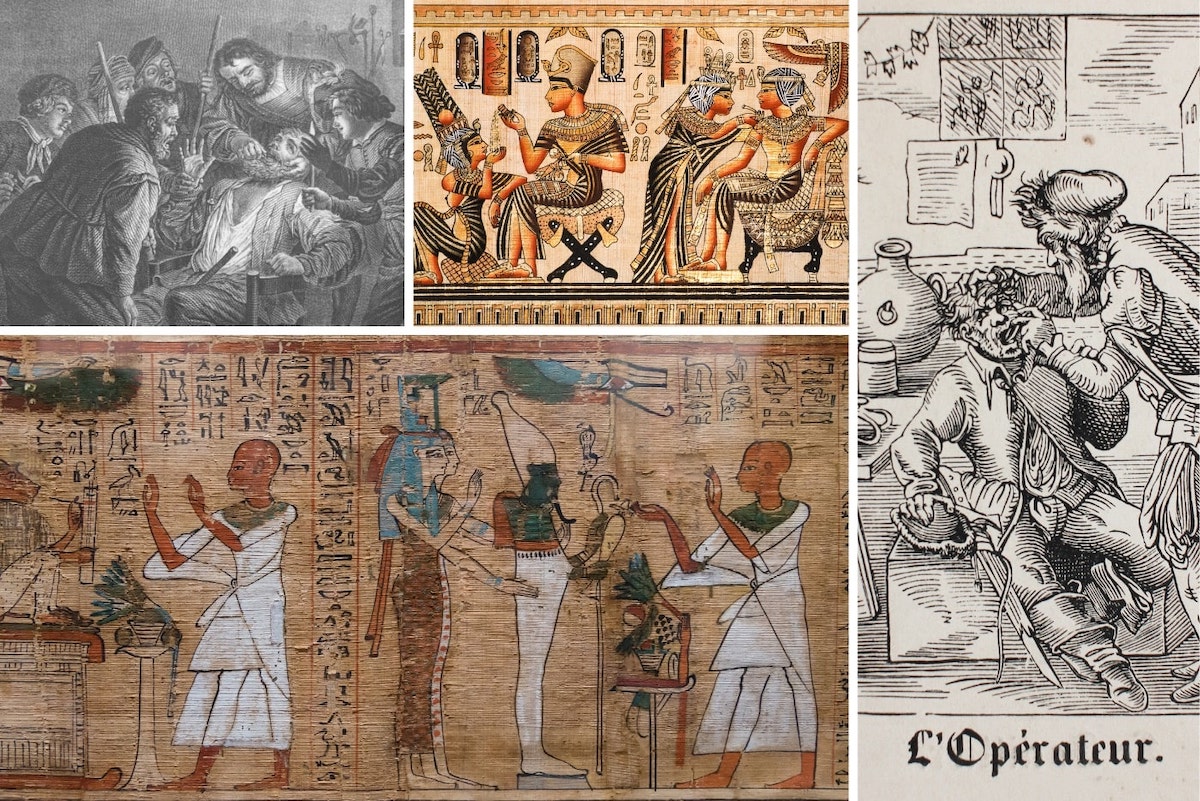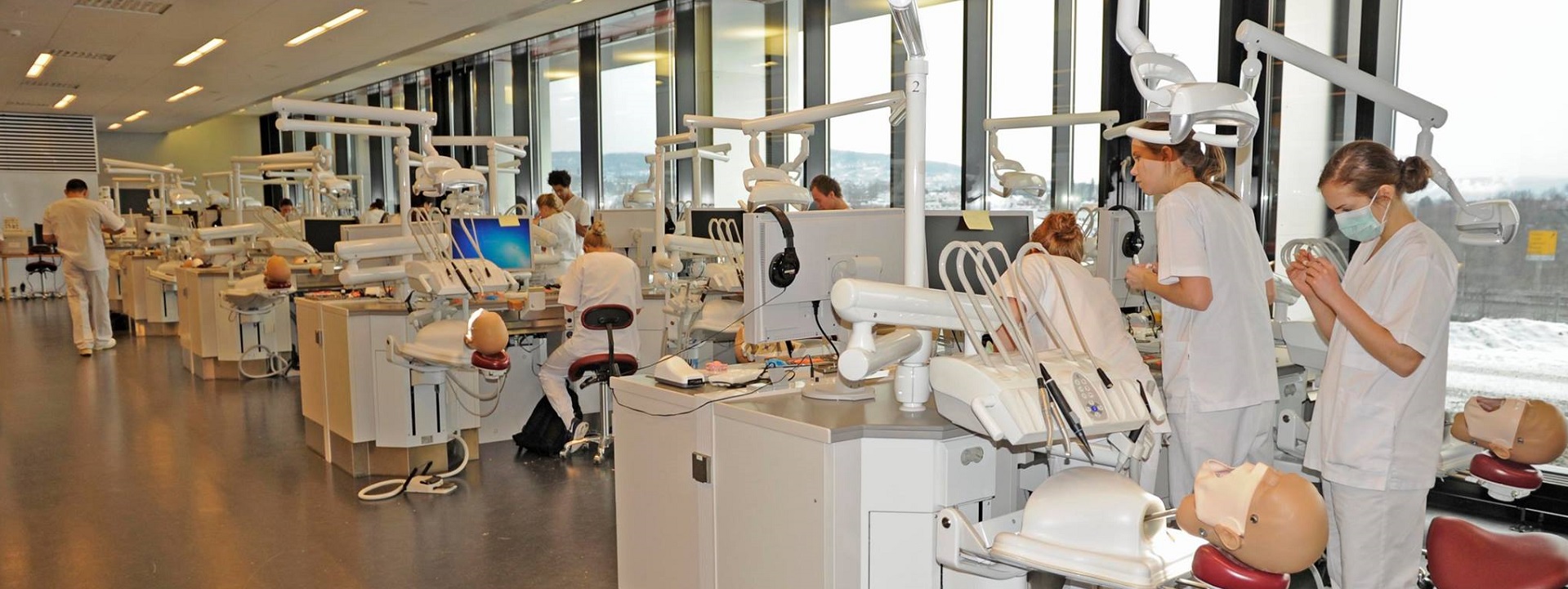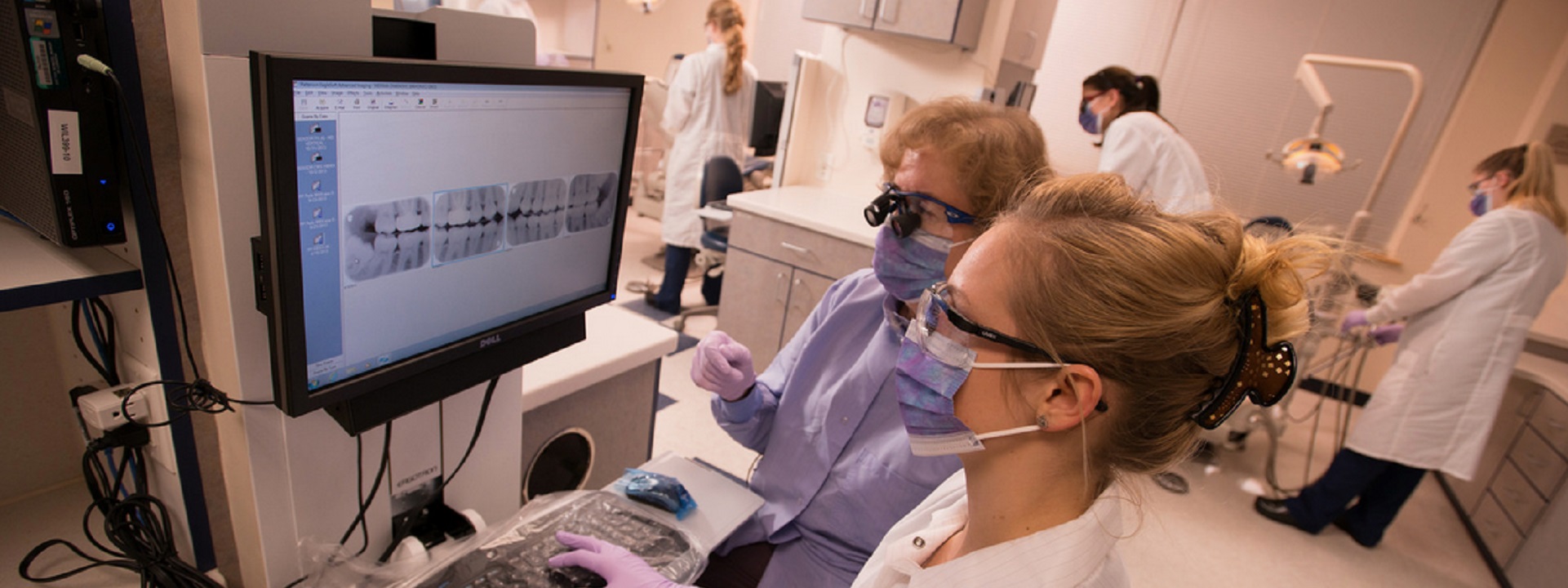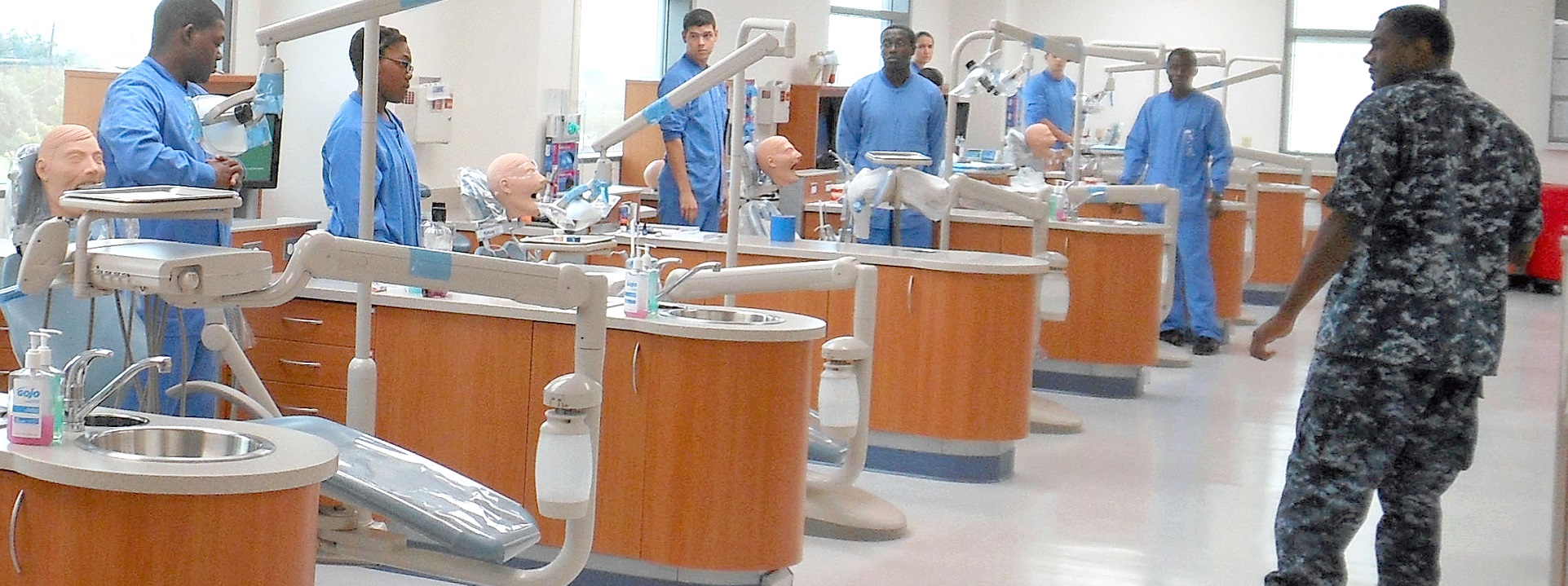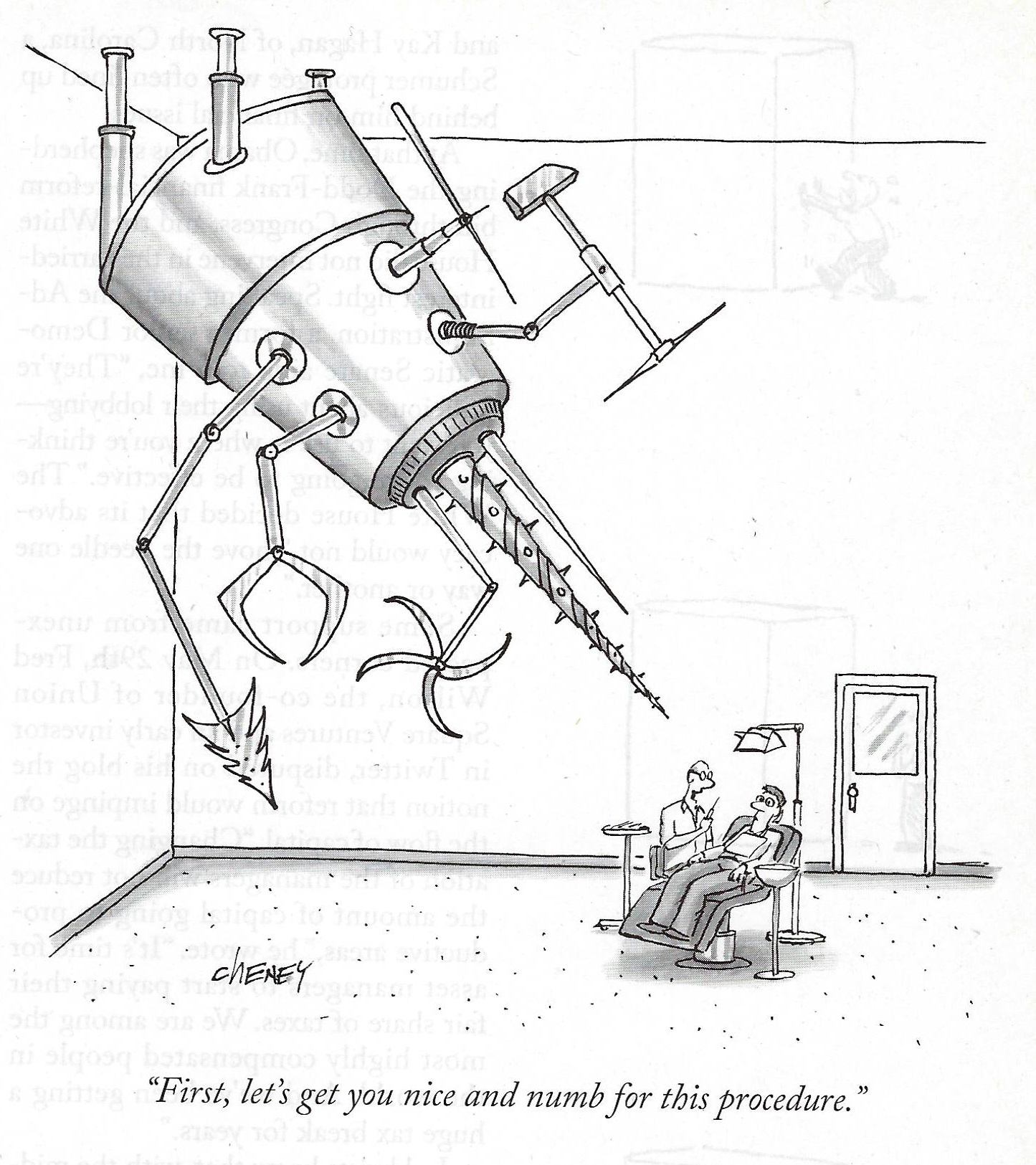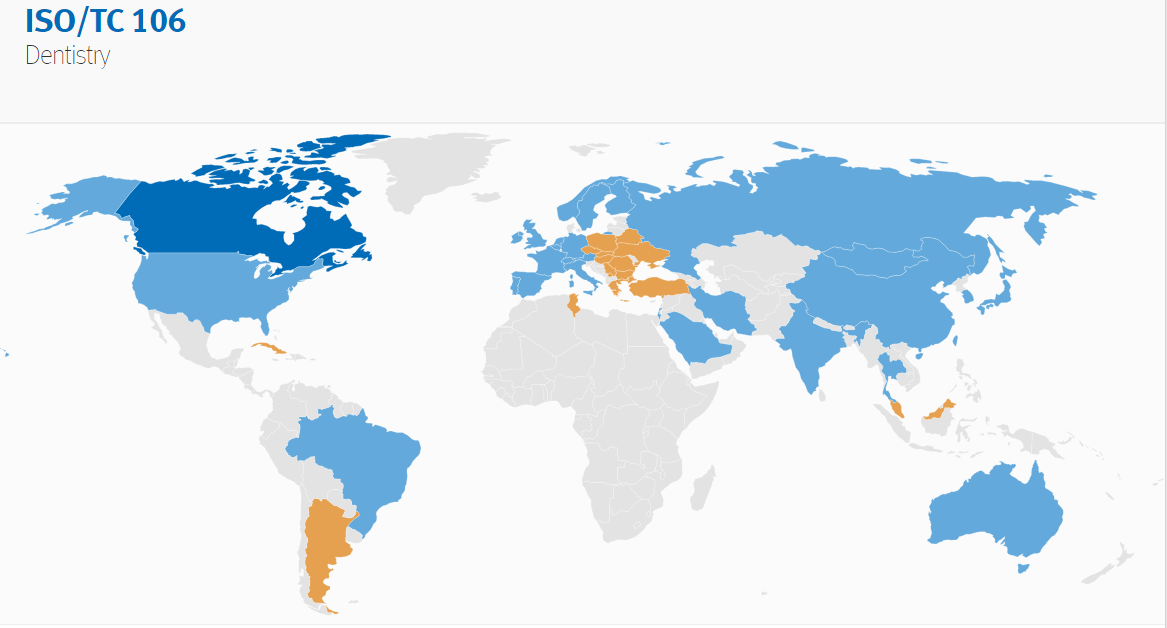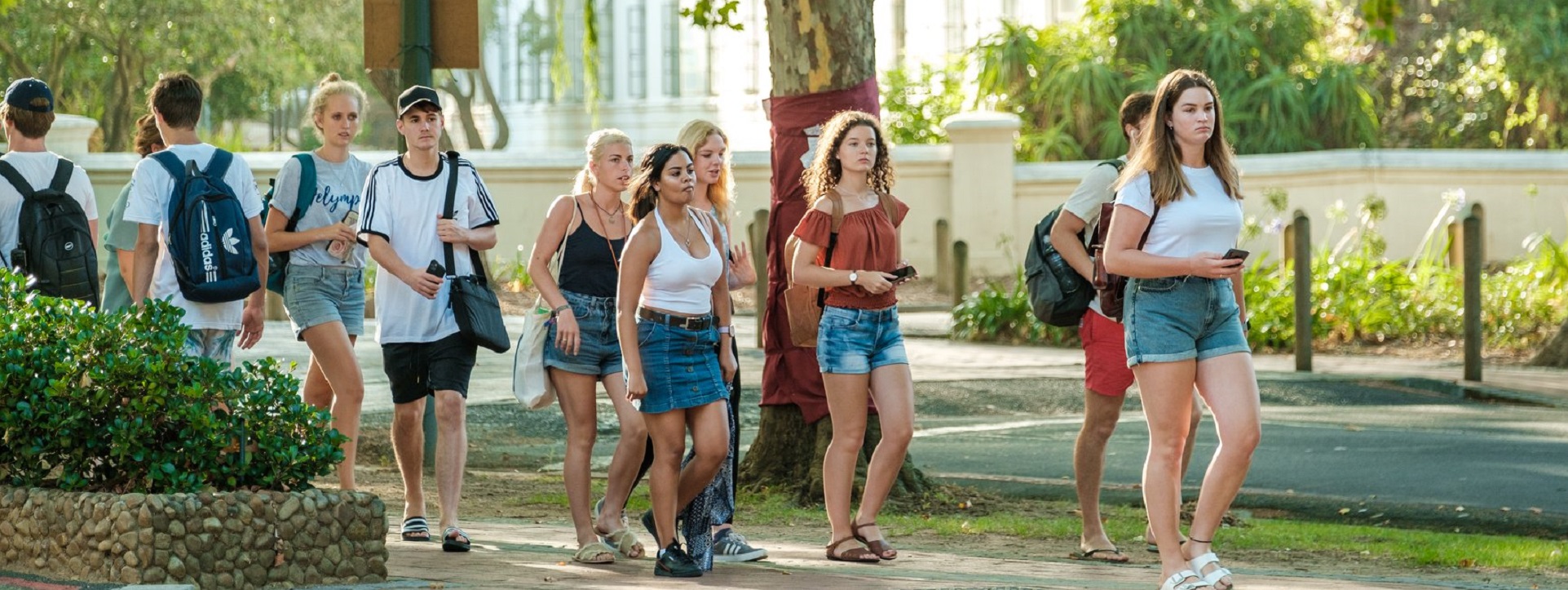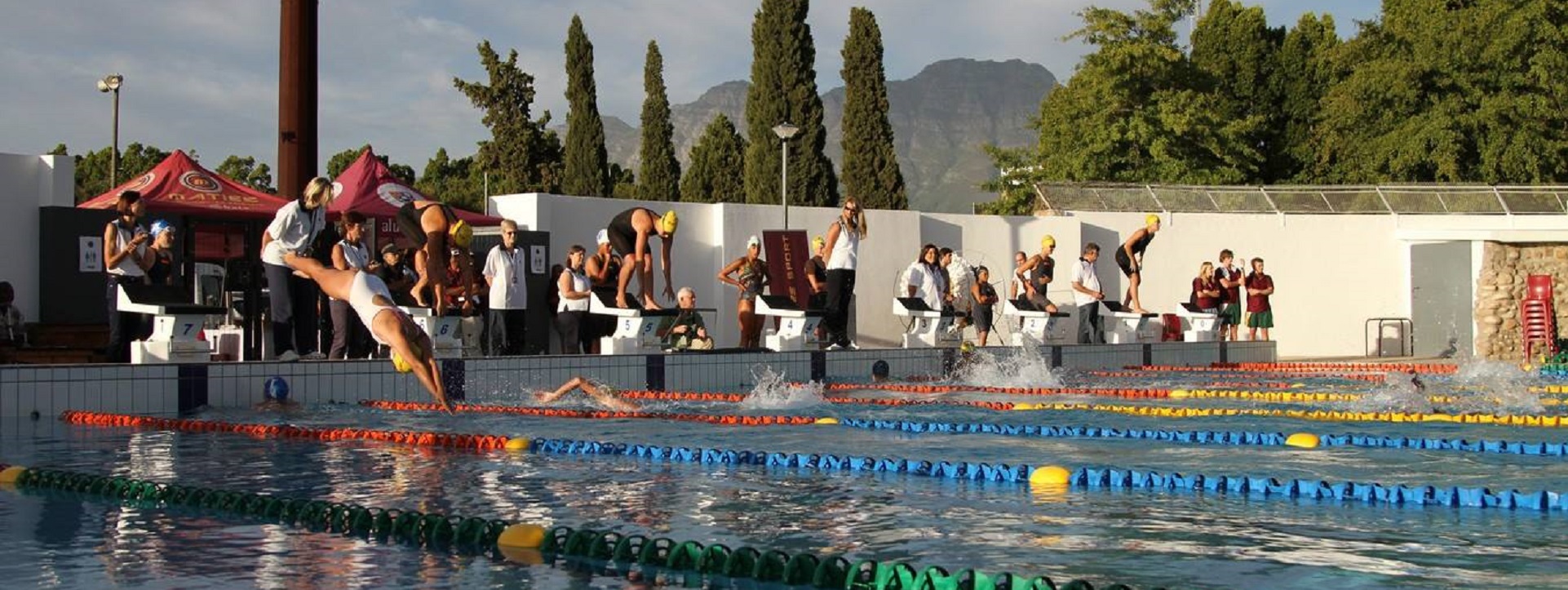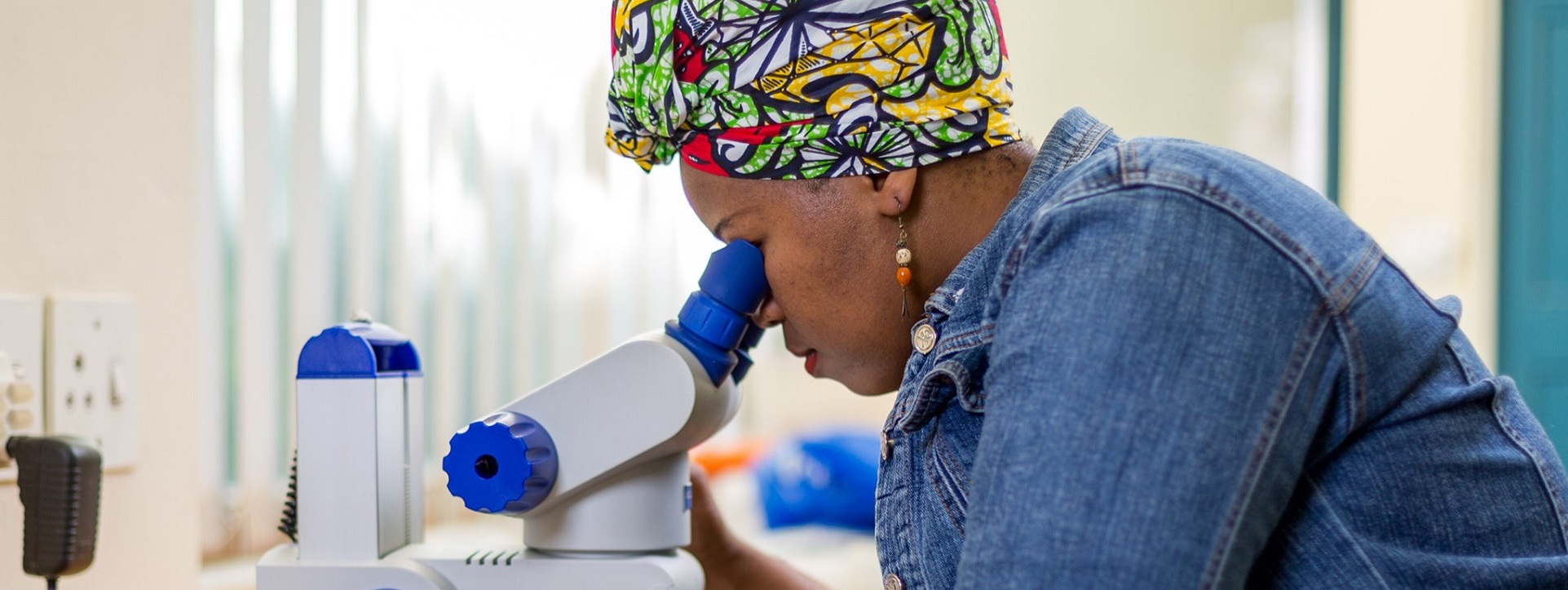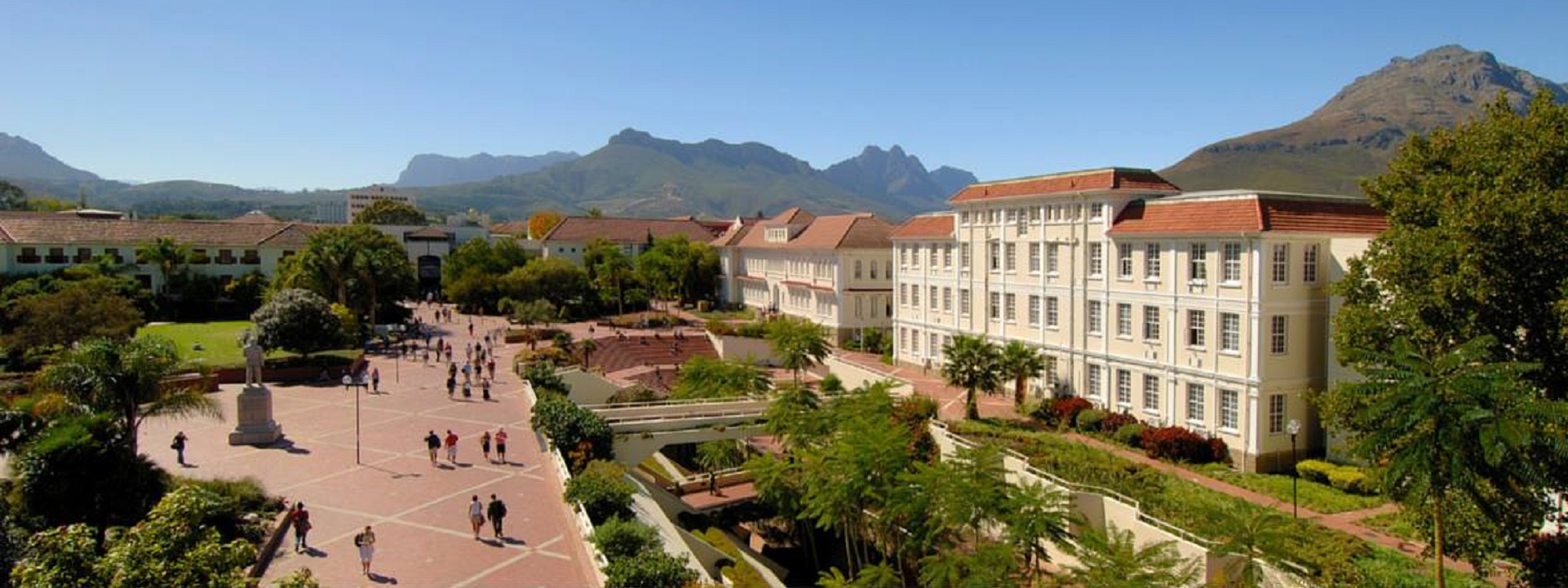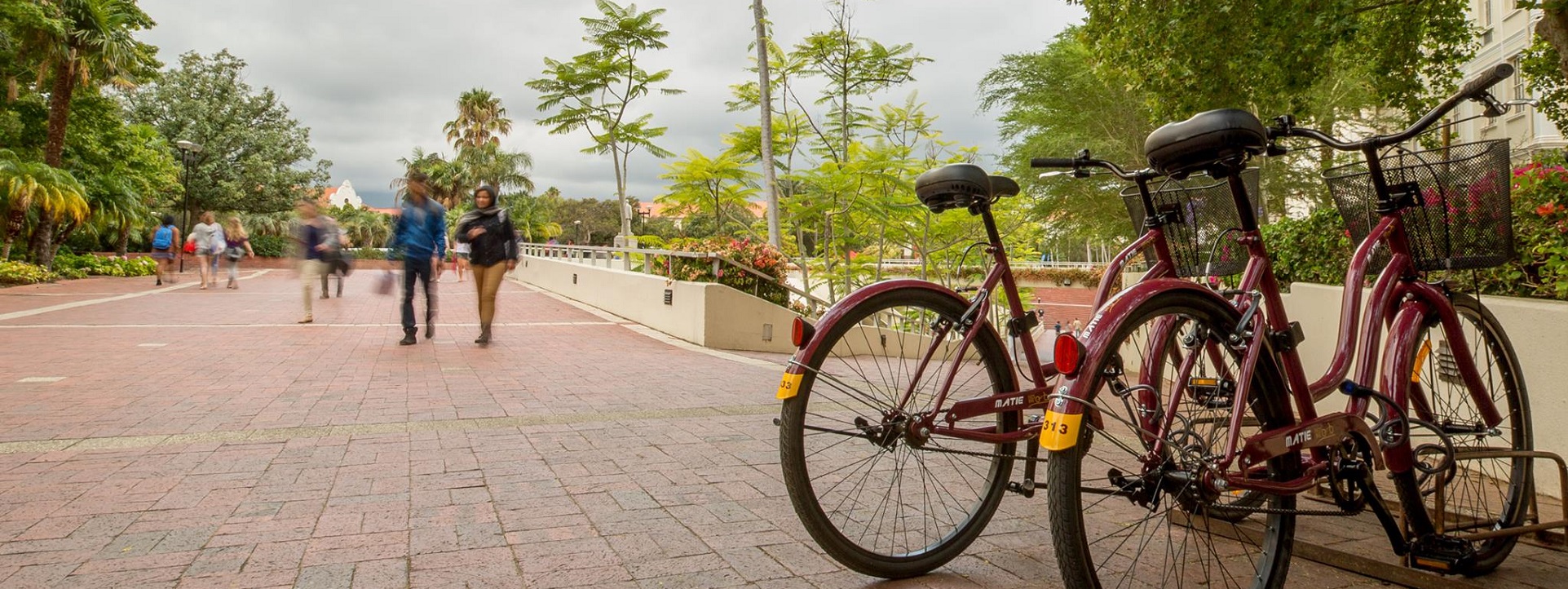Evensong “Deux Arabesques” Debussy
- Home Page 234

Behind-the-Meter Distributed Energy Resources
Behind-the-Meter Distributed Energy Resources (DERs) are energy generation, storage, or management systems that are located on the consumer side of the electric meter, typically at or near the point of energy consumption. They are also known as customer-sited or on-site generation resources. These resources can generate, store, and manage electricity, heat, or other forms of energy, and are typically installed on residential, commercial, or industrial properties.
Examples of Behind-the-Meter Distributed Energy Resources include:
- Solar Photovoltaic (PV) Systems: These systems use solar panels to convert sunlight into electricity, which can be used on-site to power the property or stored in batteries for later use.
- Energy Storage Systems: These systems store excess electricity generated by other sources, such as solar PV systems or during off-peak times, and release it during peak demand periods to reduce electricity costs or provide backup power during grid outages.
- Combined Heat and Power (CHP) Systems: Also known as cogeneration systems, CHP systems generate both electricity and useful heat for on-site use, such as in industrial processes or for heating and cooling buildings.
- Microturbines and Fuel Cells: These are compact power generation systems that can provide electricity and heat on-site, using natural gas, biogas, or hydrogen as fuel.
- Energy Management Systems: These systems use advanced technologies, such as demand response, load control, and energy monitoring and management, to optimize energy use and reduce consumption during peak demand periods, thereby lowering energy costs and improving energy efficiency.
Behind-the-Meter DERs can provide a range of benefits, including increased energy efficiency, reduced energy costs, improved resiliency and reliability of energy supply, reduced greenhouse gas emissions, and increased local energy generation and self-consumption. They are often used by consumers, businesses, and industries to manage their energy needs, reduce their reliance on the grid, and contribute to sustainability and environmental goals. However, the installation, operation, and integration of Behind-the-Meter DERs may be subject to local regulations, utility policies, and technical considerations, and it’s important to consult with qualified professionals and adhere to applicable guidelines and standards.
Dentisterie
Dental health enterprises present technical challenges for teaching, research and clinical delivery. Today we examine the literature that informs the safety and sustainability of the facilities that support this domain; necessarily cross cutting with related healthcare facility literature.
American Dental Association
American Waterworks Association
Centers for Medicare & Medicaid Services
International Code Council
2021 International Building Code Chapter 3 Occupancy Classification and Use
Related:
Specific Requirements for Dental Facilities
Dental Office Design and Construction
Dentistry
Modern dentistry is much greater in scope, more complex and has a greater scientific base than ever before. Today’s general practice includes minimal invasive therapies, adhesive aesthetic restorations, complex periodontal care, removable and fixed orthodontics, root canal therapy, minor oral surgery, fixed or removable or implant supported prosthetic treatment. Prevention of oral diseases plays a major role. Furthermore, the dental practice equipment follows ergonomic demands and must today also comply with national or international regulations concering safety and environmental aspects. Infection prevention and control regulations have been considerably tightened, which has direct impact on dental practise. Finally, the dental market is becoming increasingly sophisticated with digital technologies.
The global dental industry market is relatively small in relation to that for health care in general, but it is a lucrative and highly competitive market. The global dental market is estimated for the 2017 –2018 financial year to be worldwide US$31.5 billion. For 2021, the scale of the global dental market is predicted to be around US$37 billion. The compound annual growth rate (CAGR) for the period 2016-2021 is projected to be 5.6 per cent, which represents an annual growth rate of more than US$1.6 billion.
The key benefits already realized or expected from the work of ISO/TC 106 are:
▪ Improvements in the quality of products on the market;
▪ Improvements in the quality of care provided to patients;
▪ Reduction of barriers to trade in a growing international market;
▪ Protection of the health and safety of dental patients, users and the environment;
▪ Uniformity of terminology used in dentistry.
ISO/TC 106 has the following objectives:
▪ To develop international standards that are congruent with the scope of the Committee.
▪ To revise or withdraw all other standards that are the responsibility of TC106 as per ISO
periodic review procedures.
▪ To develop standards that stay current and evolve as the practice of dentistry evolves.
▪ To develop standards that make the best possible use of available scientific data.
▪ To be vigilant in harmonizing standards for similar types of products.
▪ To develop standards based upon function, utilization and safety/environmental requirements
rather than on chemical and/or physical properties.
▪ To ensure that the composition of working groups is balanced and includes the best experts
as well as representation from all stakeholders.
▪ To ensure that vested interests never dictate the development of dental standards.
We maintain this committee’s titles on our aperiodic Dentisterie colloquium. See our CALENDAR for the next online meeting; open to everyone
American Dental Association
We track — but do not advocate user interests — in the American Dental Association standards catalog. There are hundreds of dental schools worldwide but we have placed best practice discovery in this domain as a middle to lower priority. Pandemic shock on dental education and the community clinical delivery enterprises may change that but the ADA bibliography is quite solid. There are other economic spaces where education community costs are too high.
That much said, the domain of dentistry, like most other economic spaces, is being transformed by informatics and artificial intelligence. That is reflected on its standards setting landing page:
“Dental standards ensure that everyone is on the same page—those who design and manufacture dental products and the dentists who use them. Through comprehensive analysis, the ADA establishes baseline standards and technical recommendations for almost every tool of modern dentistry, from radiographic systems to sealants to manual toothbrushes.”
Note that the ADA, like all ANSI-accredited standards setting organizations, also seeks volunteer experts for its standards setting committees.
ADA standards committees seek volunteers for new projects
The ADA is the ISO/TC 106 US Technical Advisory Group Administrator for ANSI.
The ADA hosts its annual SmileCON meeting in Las Vegas October 11-13. Annual meetings usually include standards development committee meetings where decisions are made about moving the ADA bibliography along. Dental Informatics will be a focus topic.
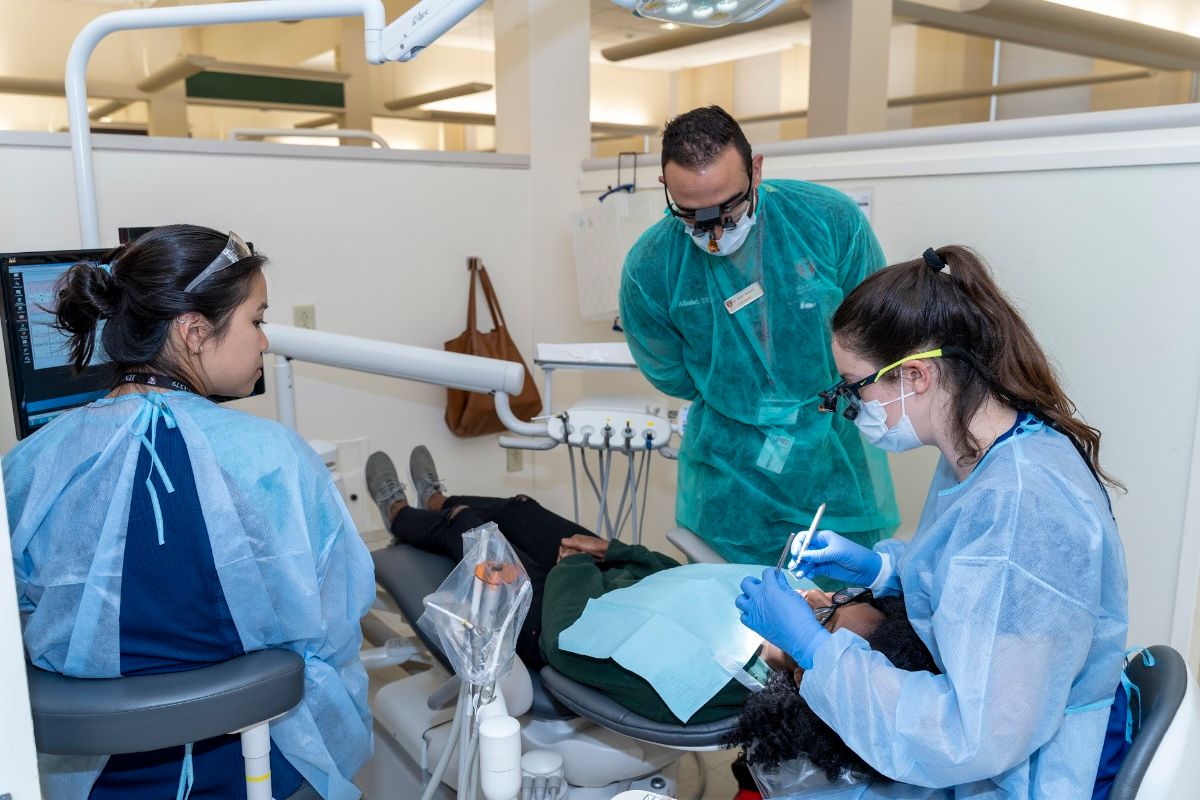
Harvard University
More information is available calling the ADA at 1-312-440-2506 or emailing standards@ada.org.
We maintain the ADA suite on the standing agenda of our periodic Health, Nursing & Dental colloquia. See our CALENDAR for the next online meeting.
Issue: [12-82]
Category: Academic, Health, Nursing & Dental
Colleagues: Mike Anthony, Jack Janveja, Richard Robben
LEARN MORE:
Home Meet
This content is accessible to paid subscribers. To view it please enter your password below or send mike@standardsmichigan.com a request for subscription details.
Sustainable societies and social change
This content is accessible to paid subscribers. To view it please enter your password below or send mike@standardsmichigan.com a request for subscription details.
New update alert! The 2022 update to the Trademark Assignment Dataset is now available online. Find 1.29 million trademark assignments, involving 2.28 million unique trademark properties issued by the USPTO between March 1952 and January 2023: https://t.co/njrDAbSpwB pic.twitter.com/GkAXrHoQ9T
— USPTO (@uspto) July 13, 2023
Standards Michigan Group, LLC
2723 South State Street | Suite 150
Ann Arbor, MI 48104 USA
888-746-3670




